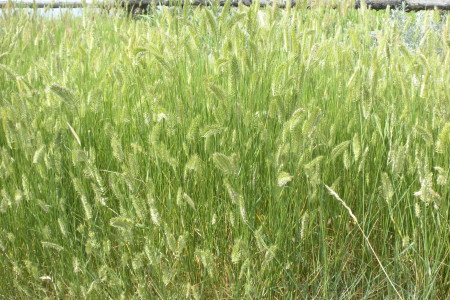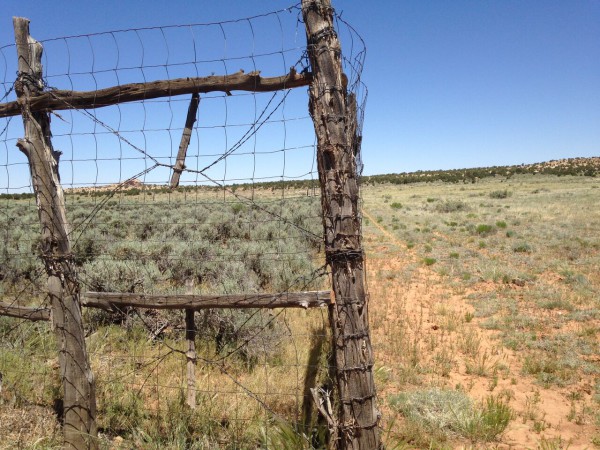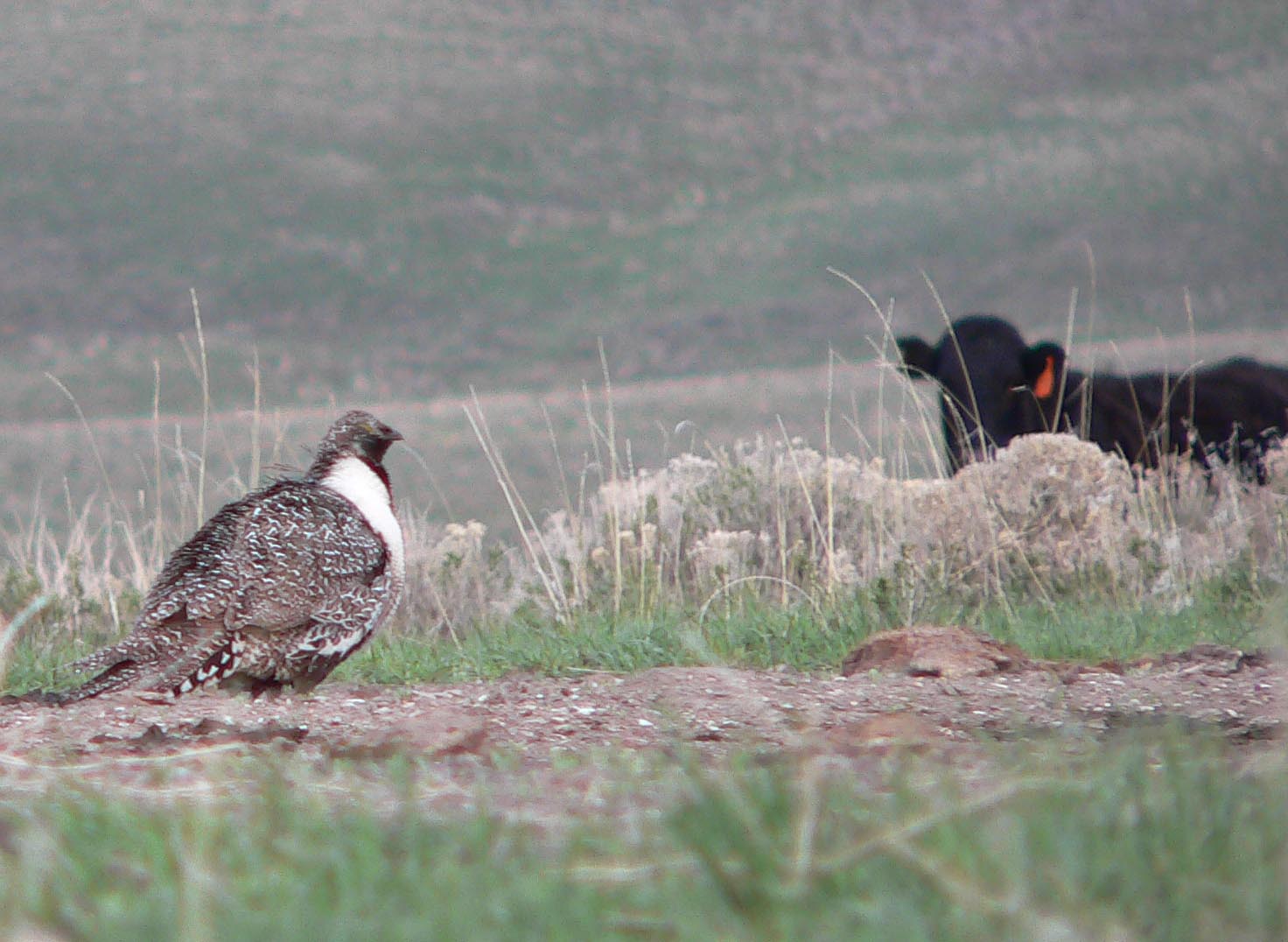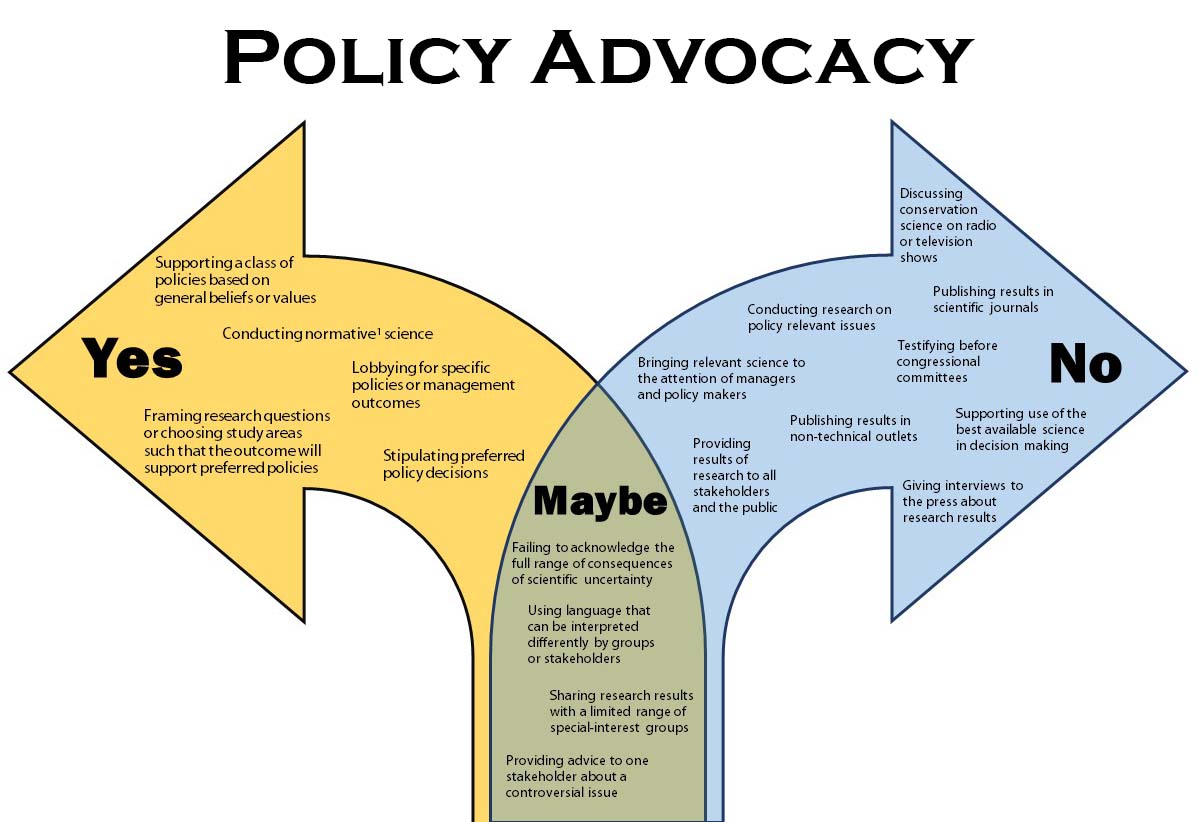I’m probably nitpicking. Recently, I read several statements about precipitation and how it “should’ affect stocking rate of livestock in the Grand Staircase Escalante National Monument. (GSENM).
“The precipitation analysis above shows that more than half the years are below normal, therefore, ESI data should be adjusted to reflect below normal precipitation years for determining pounds/acre of available forage.” From: May 2014 GSENM Livestock Grazing Public Comments MMP-A/EIS B-43
“Average year precipitation and plant production occurs (during below average years such as occur nearly half the time in GSENM, plant productivity will be significantly reduced and this should be taken into account in setting annual stocking rates).” From: Catlin, J, Carter, J and Jones, A. 2003. Appendix B: A science-based tool for assessing available forage and grazing capacity of GSENM grazing allotments to meet rangeland health standards.
The obviousness of the above statements should be apparent. Precipitation data usually has a normal distribution. In other words, if the data were graphed the graph would look like a bell curve. With a normal distribution, half the years it will be below the average and half the time it will be above average. It shouldn’t be shocking to anyone that “half the time” or “nearly half the time” precipitation will be below average in most areas not just GSENM. I’m not really certain why these statements were even made, but please don’t be outraged if half the time anything is below the average.






